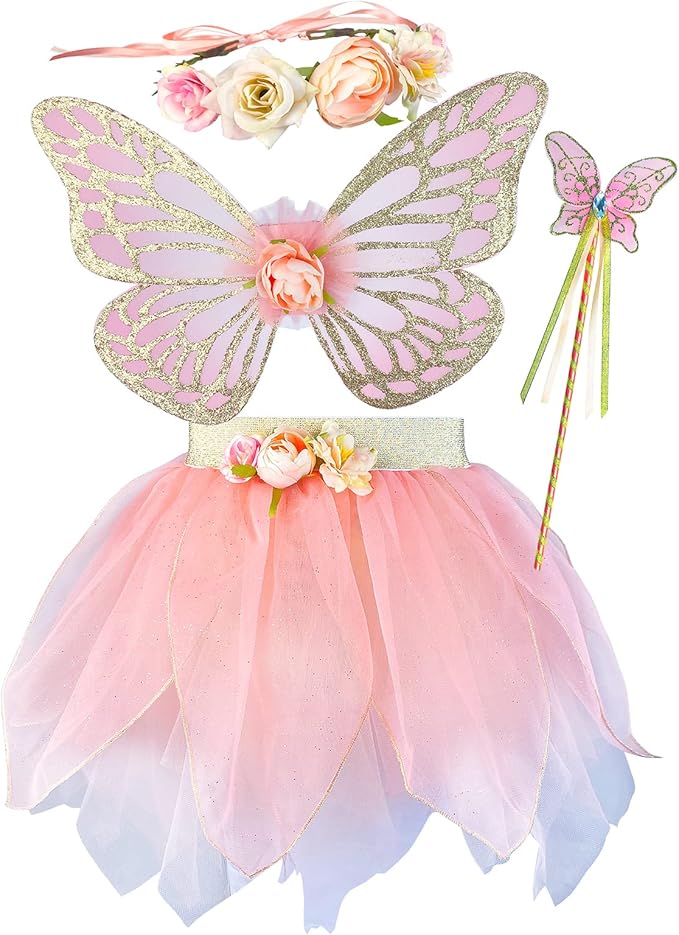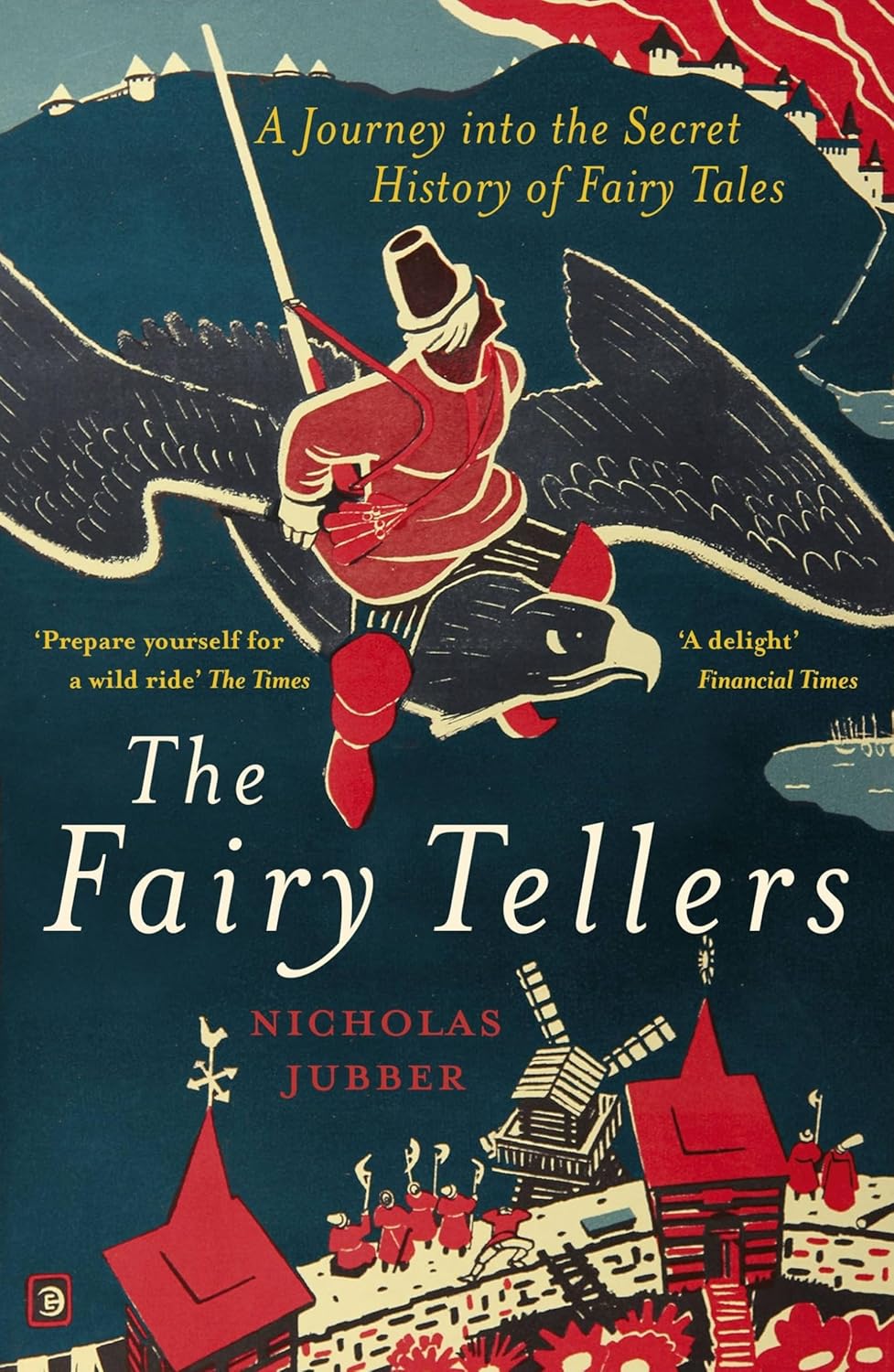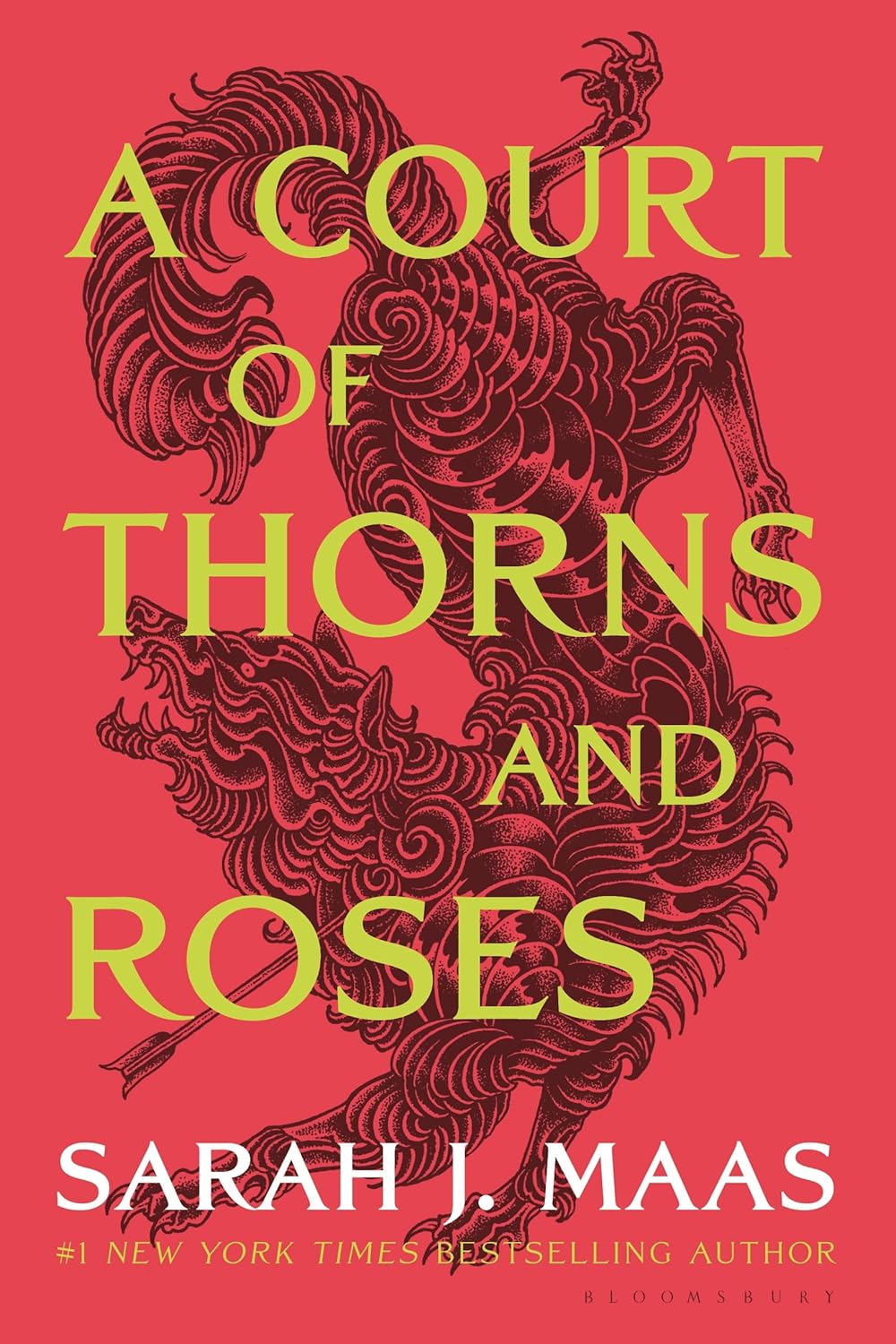- Home
- Fairy Blog
- Fairy Cakes
- Fairy Quotes
- Safety Dance
- The Flower Fairies Books
- What is a Fairy?
- Are Fairies Real?
- Elemental Fairies
- Faeries
- What are the Fae?
- Fae Fantasy Books
- Fairy History
- Origin of Fairies
- Fairies in Folklore
- Pixies
- Pixie Fairy Differences
- Gothic Fairies
- Tooth Fairy
- Fairy Festivals
- Fairy Gardens
- Fairy Garden Accessories
- Fairy Forests
- Fairy Poems
- Fairy Tales
- Fairy Tale Origins
- Classic Fairy Tales
- 24 Fairy Tales
- Fairy Tales around the World
- About Fantasy Creatures
- Dragons
- Dwarves
- Elves
- Gnomes
- Leprechauns
- Mermaids
- Unicorns
- Fairy Face Painting
- Fairy Costumes for Kids
- Free Fairy Art
- Fairy Coloring Pages
- Fairy Crafts For Kids
- Chinese Dragon Art
- How to Draw a Dragon
- Chinese Dragon Drawing
- Dragon Coloring Pages
- Fairy Tattoo Ideas
- About Us
- Contact Us
- Disclaimer
- Privacy Policy
The Rapunzel Fairytale
The Rapunzel fairytale is a classic fairytale that has captivated audiences for centuries.
It is an enchanting story of a beautiful girl with extraordinarily long hair who is imprisoned in a tower by an evil witch.
While the story has been adapted and retold numerous times, its origins and the history behind its authors are just as fascinating as the tale itself. On this page, we will delve into the roots of Rapunzel, its different versions, the authors behind the famous re-tellings, and the enduring impact of the story on our collective imagination.
Rapunzel's origins are deeply rooted in various cultural folk traditions, with early iterations of the story found in Italy, France, and even as far as the Middle East.
The tale has evolved over time, taking on new elements and characteristics while retaining its central themes of love, imprisonment, and the triumph of good over evil.
Some scholars even suggest that the story has connections to ancient Greek mythology and the myth of the goddess Demeter and her daughter Persephone, who was abducted by Hades and trapped in the underworld.
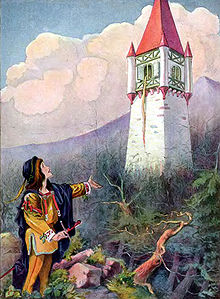
Adorable Fairy Costume Set!
Includes a fairy tutu, wing, wand and flower halo - perfect for parties, dress-up play, pageants and so on.
CLICK HERE for the best price!
The Rapunzel Fairytale -
Authors That Developed Rapunzel
The Rapunzel Fairytale by Giambattista Basile, published in "Petrosinella".
In 1634, Giambattista Basile, an Italian poet, courtier, and fairy tale collector, published a collection of tales called "Lo cunto de li cunti" or "The Tale of Tales." This collection included the story of "Petrosinella," which is strikingly similar to the later Rapunzel story.
In "Petrosinella," a pregnant woman craves parsley from the garden of an ogress. Her husband steals the parsley, and when caught, promises to give the ogress their unborn child. When Petrosinella grows up, she is imprisoned in a tower by the ogress. However, Petrosinella is ultimately able to escape with the help of a prince, and cleverly outwits the ogress.
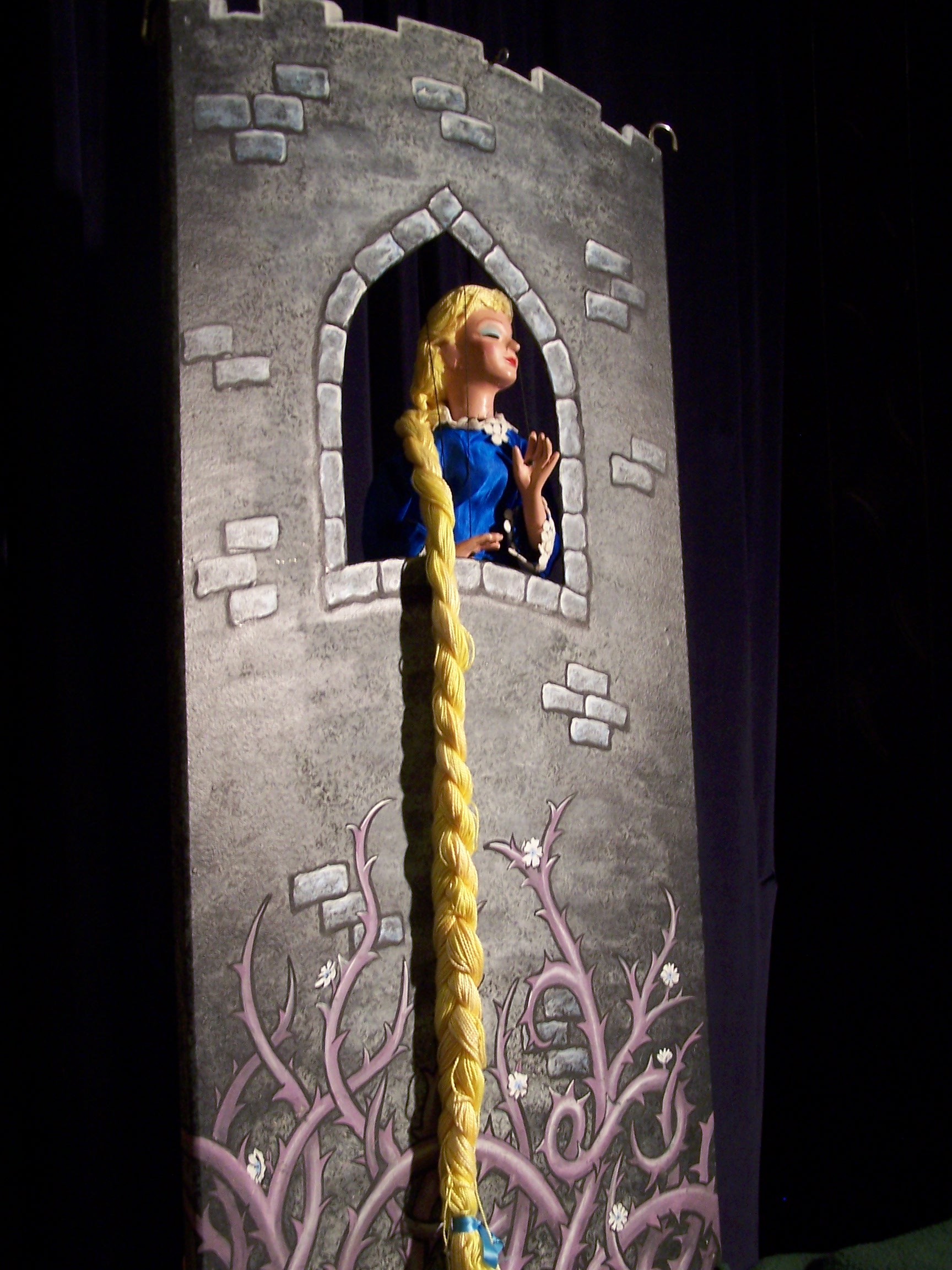
In 1698, French author Charlotte-Rose de Caumont de La Force was a French noblewoman and writer who drew upon Basile's "Petrosinella" when she wrote her own version of the Rapunzel fairytale story - "Persinette".
In this tale, a fairy imprisons the protagonist in a tower to protect her from a curse. Like the earlier Rapunzel, Persinette has magical hair that grows very long, which she uses to let a prince climb into the tower.
The story ends with a daring escape, as the couple outsmarts the fairy. De la Force's version introduces new elements, including the magical powers of Persinette's tears, which later influenced the Brothers Grimm's version.
De la Force's tale also emphasizes female agency, as Persinette is more proactive in her own rescue compared to earlier iterations of the story.
Friedrich Schulz influenced the Brothers Grimm's "Rapunzel" fairytale adaptation of the story, published in 1790. Schulz's version, titled "Rapunzel," was a German adaptation of Charlotte-Rose de Caumont de La Force's "Persinette."
The Grimm brothers were known to have collected and adapted various folktales, incorporating elements from multiple sources, and their version of Rapunzel was no exception.
Schulz's adaptation of the story was an important link between the earlier French and Italian versions and the later Grimm Brothers' version that became the most well-known iteration of the tale.
While Schulz's retelling of Rapunzel is not as widely recognized as the Grimm brothers' version, it played a significant role in the development and popularization of the story in German-speaking regions and beyond.
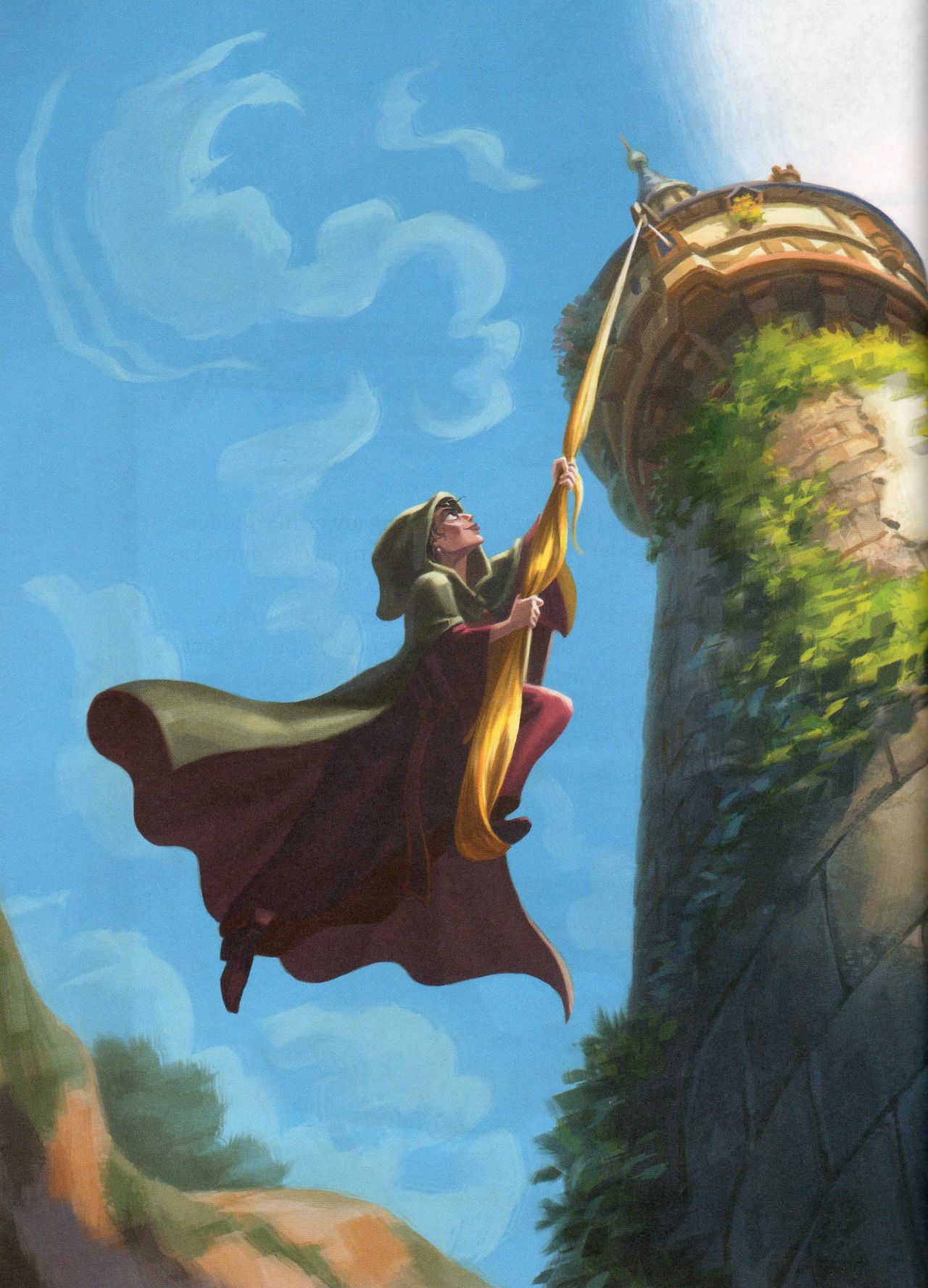
The version of Rapunzel that is most familiar to modern audiences was published by the Brothers Grimm in their famous collection of German folktales, "Kinder- und Hausmärchen" (Children's and Household Tales), first released in 1812.
The Grimm brothers, Jacob and Wilhelm, were German academics and linguists who sought to preserve and promote traditional German stories and culture.
Their retelling of Rapunzel features a pregnant woman who craves the parsley plant from the garden of a witch named Dame Gothel. The woman's husband steals the plant, but is caught. In exchange for his wife's life, he must give the witch their unborn child.
When when the child - Rapunzel - reaches adolescence, she is locked away in a high tower, and her hair becomes the only means of access to the tower.
The Grimm brothers' version of the story adds some darker elements, such as the prince being blinded by thorns when he falls from the tower, and the healing tears that restore his sight. However, their retelling retains the core themes of the earlier versions, such as love, courage, and the triumph of good over evil.
The Brothers Grimm's "Rapunzel" is the version of the tale that is so famous, largely because of their significant efforts to compile and preserve German folk stories. They were instrumental in shaping the modern perception of fairy tales as an important part of cultural heritage.
Their version of Rapunzel is darker than previous versions, with the prince suffering a terrible fall and subsequent blindness, and Rapunzel giving birth to twins while in exile. This darker tone reflects the Grimm brothers' belief in the didactic power of fairy tales, which often included moral lessons and cautionary elements.
Here's What We Think!
The history of Rapunzel, as seen through its various authors and cultural origins, highlights the enduring power of fairy tales to captivate our imaginations and reflect the values and concerns of different societies.
The story of Rapunzel has had a lasting impact on literature, art, and popular culture. It has been adapted into various formats, including stage plays, musicals, and animated films.
One of the most famous adaptations is Disney's 2010 animated film "Tangled," which re-imagines the story with a more modern and empowered heroine, as well as a comedic twist.
The character of Rapunzel has become an iconic figure in the world of fairy tales, symbolizing the themes of captivity, longing, and the transformative power of love.
Read more about Fairy Tales here.
Visit this page to see our list of many different Fairy Tales.
The Fairy Tellers Book
Who were the Fairy Tellers? This is the behind the scenes of "fairy tales" and how they were developed and changed over the years.
In this far-ranging quest, award-winning author Nicholas Jubber unearths the lives of the dreamers who made our most beloved fairy tales: inventors, thieves, rebels and forgotten geniuses who gave us classic tales such as ‘Cinderella’, ‘Hansel and Gretel’, ‘Beauty and the Beast’ and ‘Baba Yaga’.
Read more about this enjoyable book and purchase HERE.
Book of the Month
The Best Selling Fae Fantasy Book! A great gift!
CLICK HERE for more information and best price!
Recent Articles
-
Fairy Costumes for Kids
Dec 30, 25 11:27 AM
Find the perfect fairy costume for you little ones! We have researched the best fairy costume options available on Amazon covering all budgets.. -
Christmas Angel Story of boy meets Angel "The Magic Letter" Dean Kiser
Dec 30, 25 09:00 AM
A Christmas Angel Story about an eleven year old orphan boy that meets an Angel. "The Magic Letter" by Dean Kiser -
Fae Fantasy Books - where love can be both thrilling and terrifying!
Nov 22, 25 02:34 AM
Fae Fantasy Books - explore new aspects of what it means to be human in a world where magic and immortal beings exist! A perfect blend of danger and allure!
